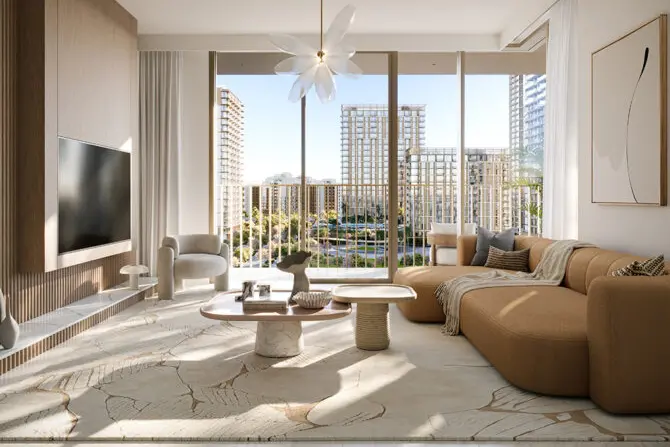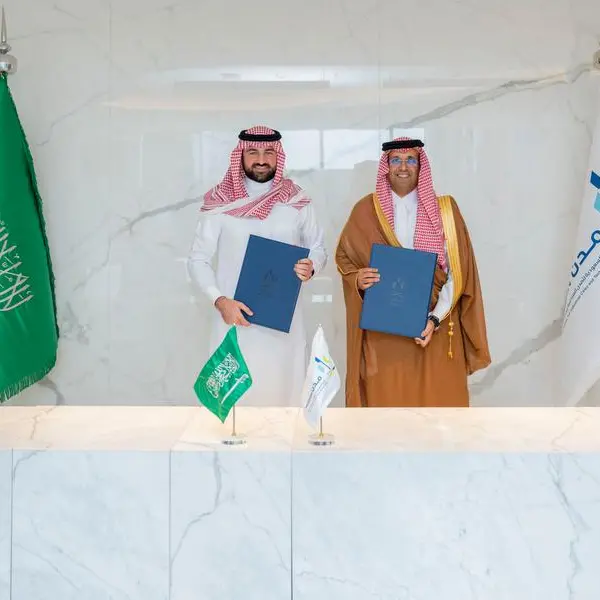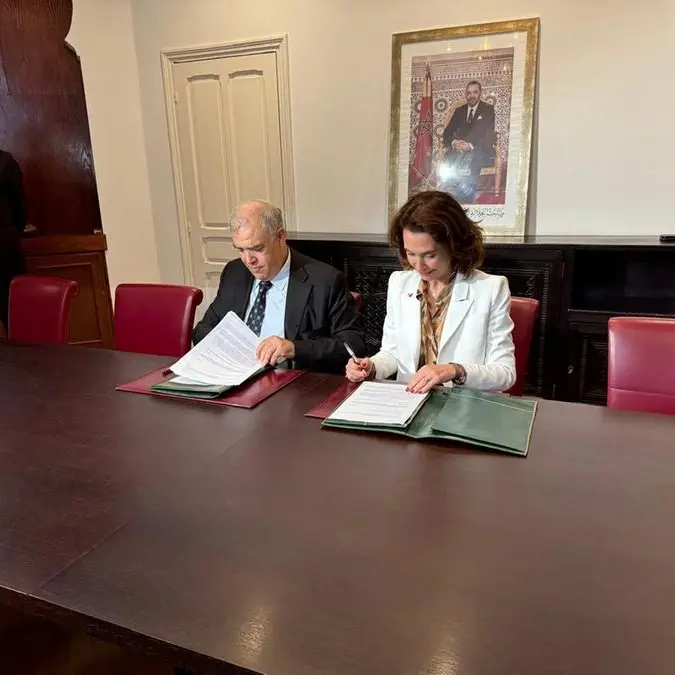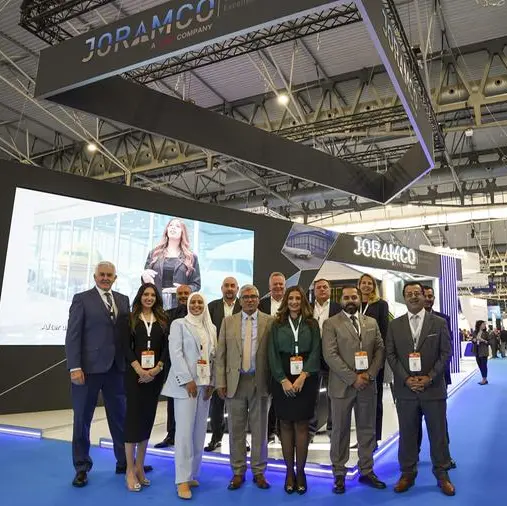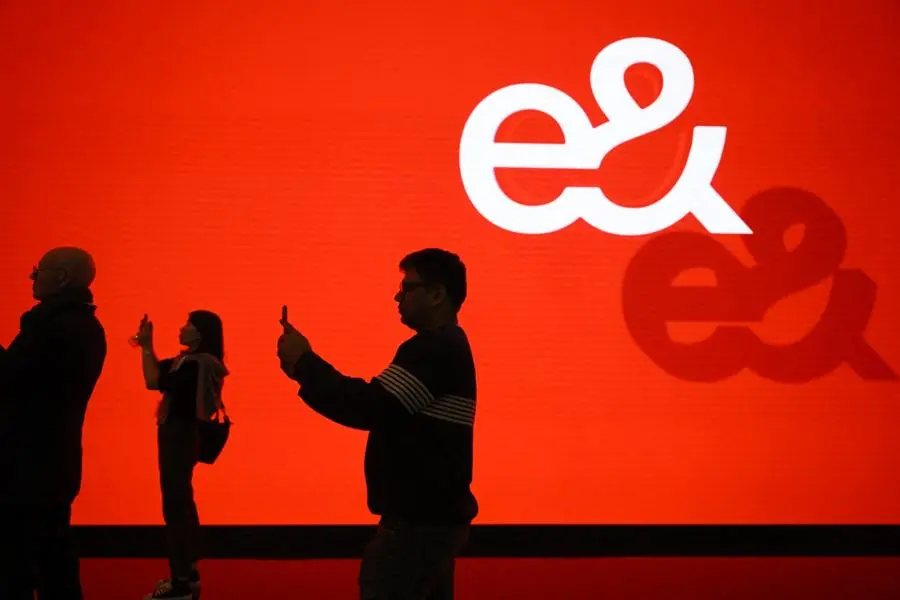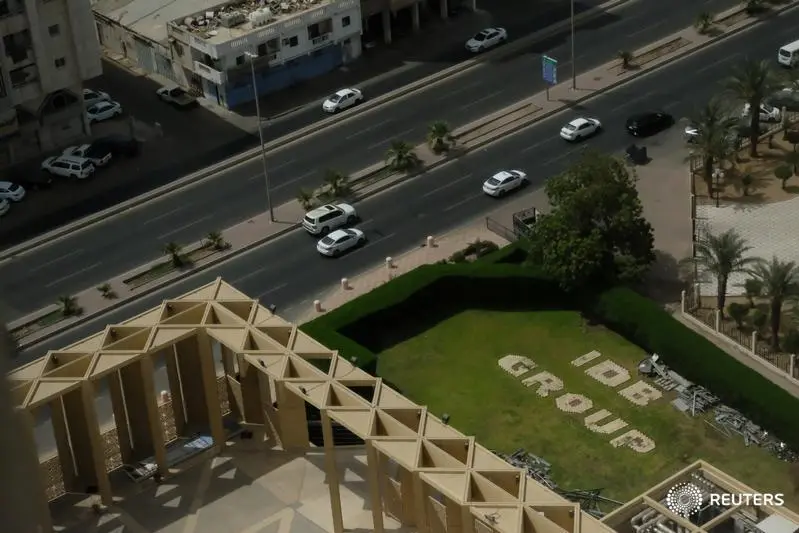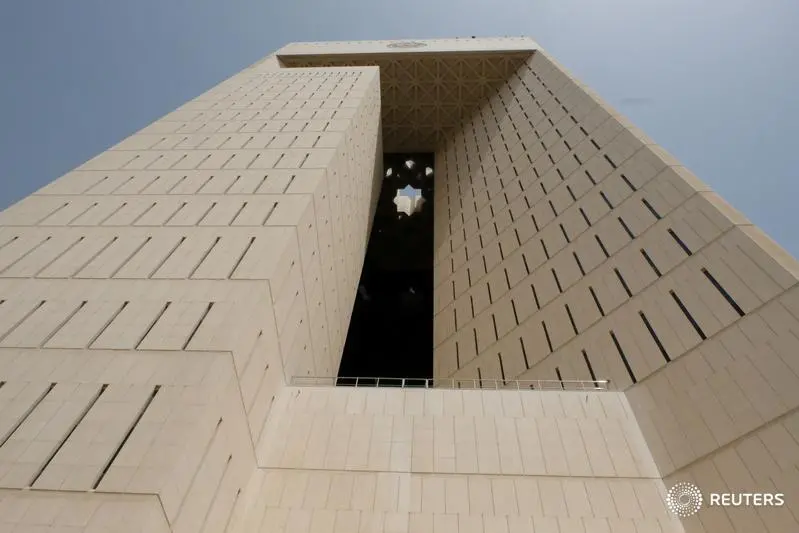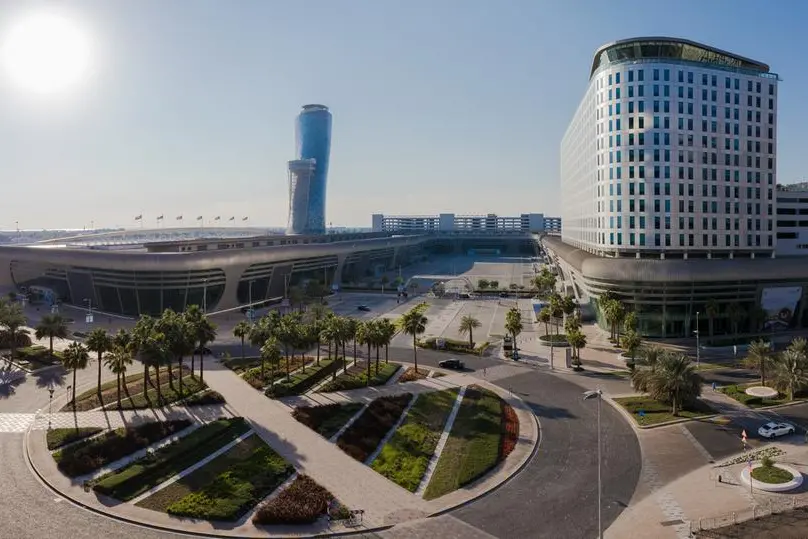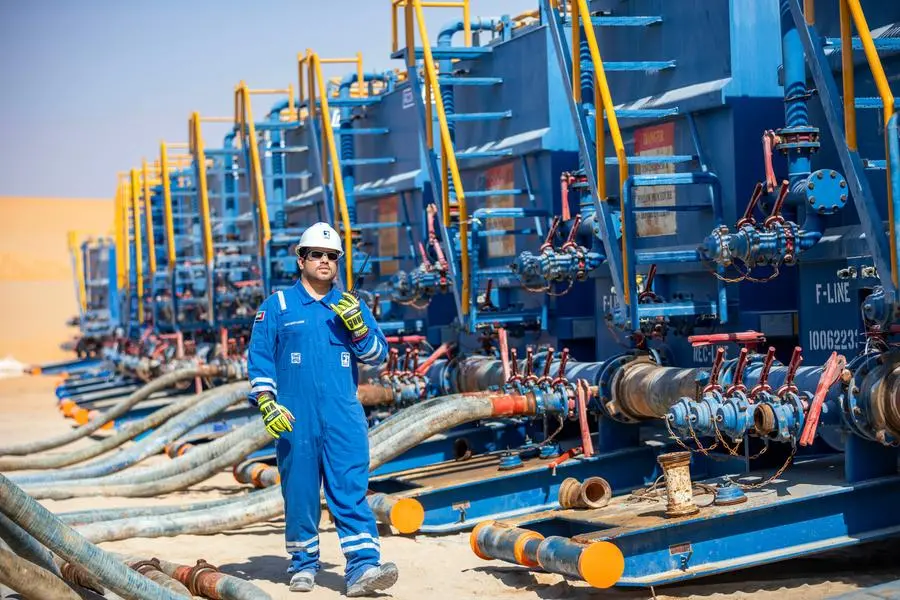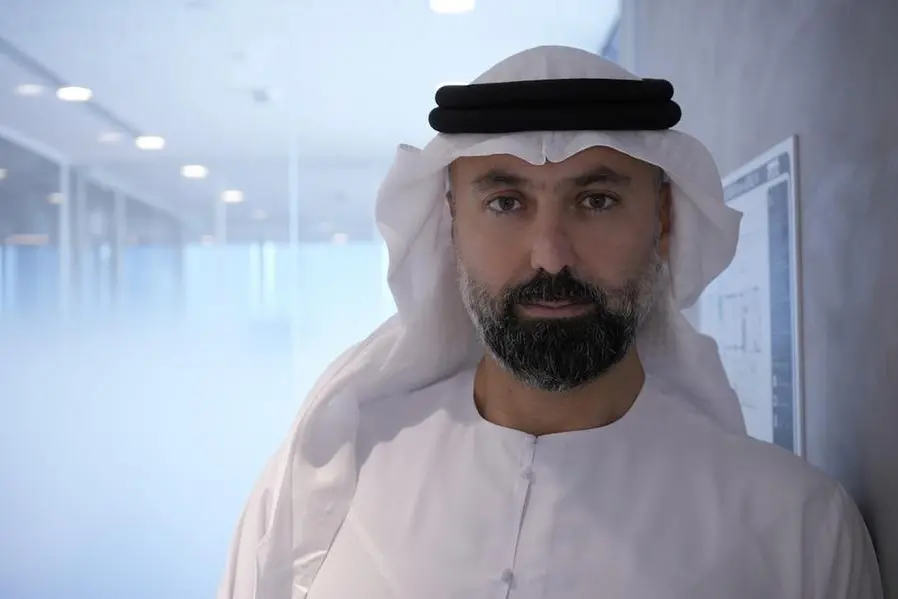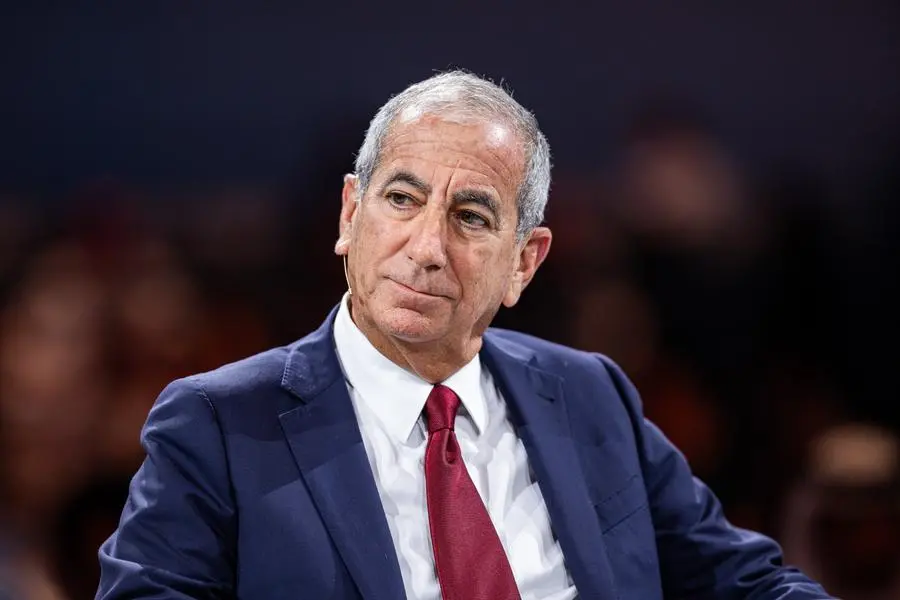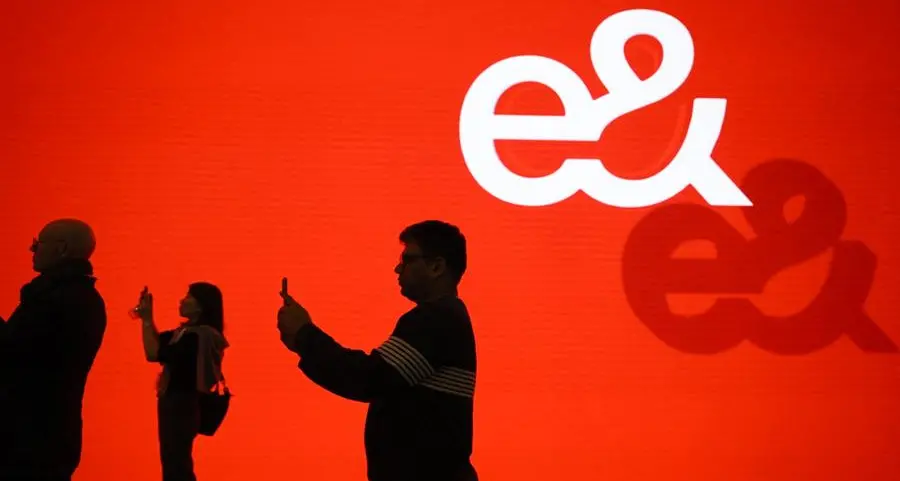PHOTO
Dubai, UAE – In a significant development for the real estate sector in Dubai, banks are increasingly implementing financing options for off-plan property projects. This move aims to facilitate the purchase of off-plan properties by offering more flexible payment plans, thereby making it easier for potential homeowners and investors to secure their desired properties.
Traditionally, off-plan projects required buyers to make substantial upfront payments directly to developers. For instance, a typical payment structure might demand a 60% payment during the construction phase and the remaining 40% upon handover. However, under the more widely implemented financing schemes, buyers can now pay the first 50%, with the banks covering an additional 10% during the construction period and the remaining 40% upon handover.
This development addresses a key concern for many buyers who struggle to manage the hefty initial outlays required for off-plan purchases. The expanded implementation of these financing options not only reduces the financial burden during the construction phase but also provides a more balanced and manageable payment schedule.
Sijo Jose, Team Leader at Betterhomes says, “this news has been positively received by clients, especially given the aggressive payment terms of recent developments, such as 80% during construction and 20% on handover, or even 90:10 terms. With the mortgage option, some clients can find relief from financial stress and improved cash flow."
Jeffrey De Souza, Head of Finance Services at Lomond adds that "the new financing option has caught the attention of both investors and end-users. "We've seen a significant increase in enquiries," he notes. "This new financing option is a game-changer, making it easier for people to acquire new properties and manage their finances more effectively.
Example of the Expanded Payment Plan:
- Initial Payment: 10% of the property value at the time of booking, plus a 4% Dubai Land Department (DLD) fee.
- Construction Phase Payments: The remaining 50% will be paid over the next 15 months in equal quarterly instalments of 10%.
- Bank Contribution: Once the buyer has paid 50%, the bank will finance an additional 10% during the construction phase.
- Handover Payment: At handover, the bank will cover the final 40%.
For example, if a project is set to handover in Q2 of 2028, the payment breakdown will be as follows:
- Q4 2024: 10%
- Q1 2025: 10%
- Q2 2025: 10%
- Q3 2025: 10%
- Q4 2025: 10%
- Bank Payment During Construction: 10%
- Bank Payment at Handover: 40%
This means that by the time of handover, the bank will have financed 50% of the property value, with the buyer covering the other 50%. The buyer will then repay the bank over an extended period, typically up to 25 years, making the financial commitment more manageable. However, these financing options are generally available for projects where at least 50% of the construction has been completed, ensuring banks can mitigate risks associated with delays or failures.
While this model is a step forward, it is more accessible for larger developers with substantial financial backing. Smaller developers may struggle to offer such terms due to their financial constraints and reliance on cash flow from buyers. Nonetheless, this approach is expected to encourage more developers to adopt similar structures, fostering innovation and flexibility in the market. The increased implementation of bank financing for off-plan projects represents a positive shift, opening new opportunities for buyers with more extended payment plans and reduced upfront financial burden. As the market adapts, more developers may explore similar structures, leading to broader adoption and further innovations.
